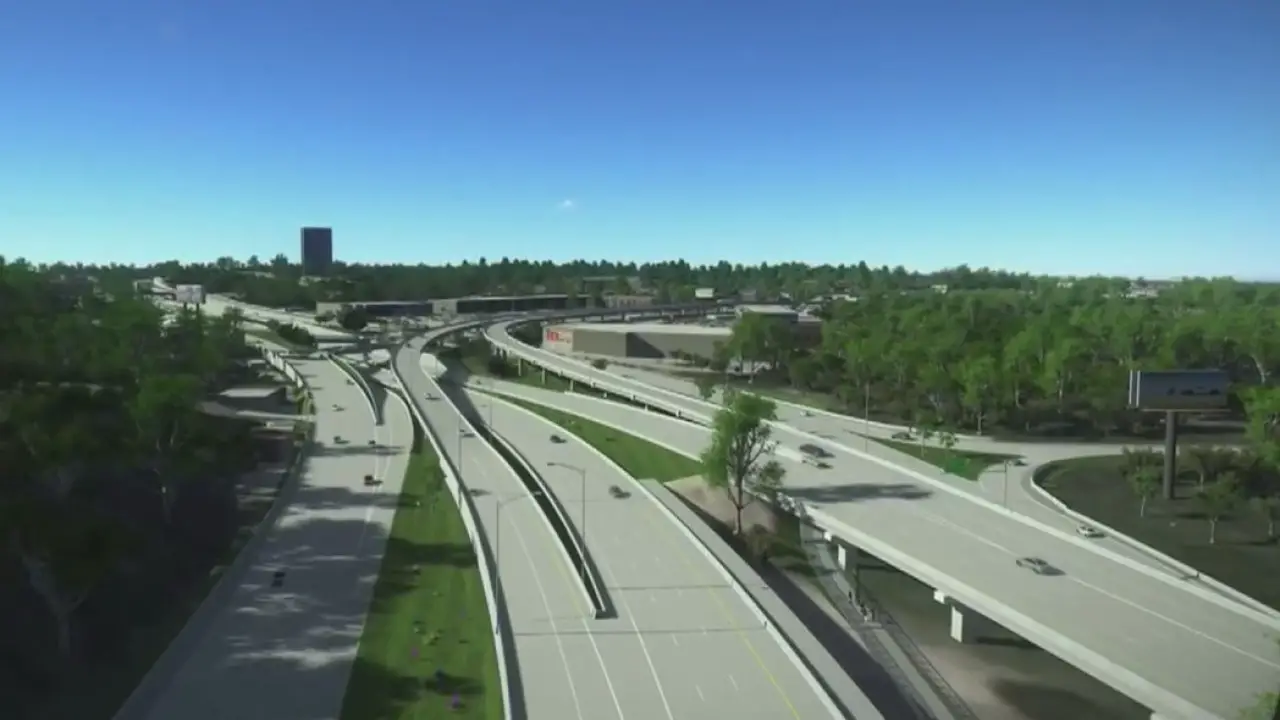Texas Department of Transportation (TxDOT) has selected Fluor Joint Venture for the Oak Hill Parkway infrastructure project in Austin, Texas in the US. The department selected the venture to reconstruct and widen U.S. 290 from approximately the east end of Circle Drive to Loop 1 and State Highway 71 from U.S. 290 to Silvermine Drive in Travis County, west of downtown Austin.
According to the group president of Fluor’s Infrastructure & Power business Terry Towle, this project is part of TxDOT’s long-term plan to promote congestion management in one of the state’s most congested corridors. When completed, this project will help improve mobility and operational efficiency as well as improve safety and emergency response.
“Our design-build presence began in Austin in 2002 with State Highway 130 Segments 1-4, and we’ve been executing continuously in Texas ever since. We remain focused and committed to the Texas infrastructure market. The award of this project is a testament to the value that TxDOT places on our services,” he added.
Oak Hill Parkway infrastructure project
The approximately 11.3km design-build project will widen and improve U.S. 290 and State Highway 71 through Oak Hill and act as a gateway to the hill country. It will also serve as a key route to Austin for the residents of Oak Hill, Lakeway, Bee Cave, Dripping Springs and other growing communities west of Austin.
The project will widen from two to three main lanes for through traffic in each direction, as well as add three frontage-road lanes in each direction. An overpass for the U.S. 290 main lanes over William Cannon Drive will be built, along with direct-connect flyovers between U.S. 290 and State Highway 71.
Along highway 71, the flyover ramps will extend past Scenic Brook Drive where the main lanes will transition to a five-lane (three lanes westbound; two lanes eastbound) rural highway with U-turns for local access.
Bicycle and pedestrian accommodations will be built along the entire corridor, including a seven-mile shared-use path, sidewalks and a trailhead at Williamson Creek on William Cannon Drive to accompany new landscaping, tree plantings and corridor aesthetics.
Additional project components include cross-street intersection improvements, U-turn lanes, an upstream water detention to reduce potential flooding, and storm water detention and water quality treatment ponds. Construction is scheduled to begin in early 2021 with project completion slated for 2025.

